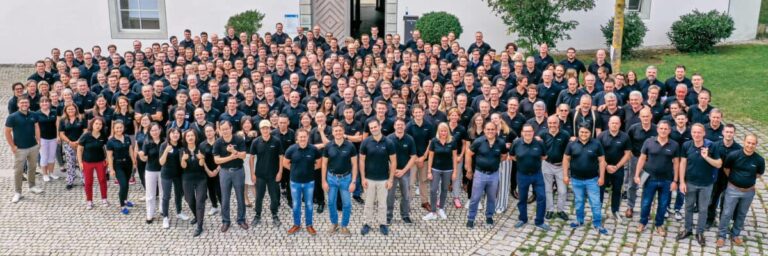Manufacturers need to continually review their manufacturing footprint strategies to maximize opportunities, minimize risk and optimize their tactics. They need to respond quickly to new concepts and changes in consumer preferences.
The difficulty is that strategic planning processes often aren’t flexible enough, and most of the time, you’re playing catch-up rather than driving innovation.
Here’s a way to get ahead of the competition and rethink your manufacturing footprint optimization strategy.
By building a digital twin of your manufacturing processes, you can leverage prescriptive analytics to determine optimal manufacturing footprint strategies and answer what-if questions.
Change Is Inevitable: Is Your Manufacturing Footprint Ready for It?
Change is all around us. While we are preoccupied with the changes forced on us by COVID-19, it’s easy to forget the momentous changes that occurred in the last decade. To illustrate the point, once dominant technologies like DVDs and audio tapes have all but disappeared, other technologies such as electric vehicles have come of age.
Change is accelerating, driven by competition for resources, review of economic globalization strategies, the digital revolution and increased global risk. This will lead to new economic opportunities and the demise of older technologies.
Are you ready for it? Is your manufacturing strategy in tune with rapid change? Key factors of future manufacturing footprint optimization strategies include those that are:
- Resilient,
- Flexible,
- High performance,
- Responsive,
- Data-driven, and
- Minimizes risk.
Start Afresh with a Dynamic New Manufacturing Strategy
While this may seem like a drastic concept, it’s what one global manufacturer of tobacco products did to adapt its manufacturing footprint to incorporate a smokeless future. They realized that traditional planning processes were simply too slow.
What they did was throw out ways that hindered planning flexibility to accommodate dynamic change. In their place, they brought in systems that allowed for real-time decision-making supported by current data. They embedded these capabilities and phased out old processes in favor of a digital approach that included:
- Digital modeling,
- Collaborative scenario analysis,
- Visualization,
- Embedded optimization and
- Compliance with operational and financial accounting standards.
Using a Digital Twin To Visualize Your Current Manufacturing Footprint
The cornerstone of optimization modeling is a digital model that represents all facets of the organization’s manufacturing footprint. It’s an accurate representation of the physical and financial characteristics of the business. Popularly referred to as a digital twin, it includes:
- Mathematical formulae that represent each step in the manufacturing process,
- Financial integrity,
- Material and cash flows,
- Inventory and
- Constraints and limitations.
When built using code-free modeling languages, a digital manufacturing twin offers insights into how the organization functions together with an ability to modify the model to reflect changes as the organization evolves.
Factors To Consider
Possibly the most crucial factor determining a digital twin’s usefulness is data availability and quality. Special attention needs to be given to how data is collected and formatted. Because digital twins should operate in real time, this requires an automated method for validating manufacturing data as it is entered into corporate systems.
Digital twin performance must be validated. One method is to run in parallel for a period of time to verify the twin performs exactly the same as the real-world system.
A valid and verified digital twin represents a robust base case of your current manufacturing footprint.
How To Optimize Your Manufacturing Footprint With a Digital Twin
Having a fully functioning model is a crucial first step for optimizing your manufacturing footprint. What’s needed next is solver or optimization software that allows you to answer what-if questions and determine optimal outcomes.
This is where the base case is so important as it allows you to test different manufacturing footprint concepts and determine which is best. Using a mixture of predictive analysis to determine future trends and prescriptive analytics to determine the optimal manufacturing decisions, it’s possible to optimize your manufacturing footprint and develop resilient production plans.
Keeping Up With Rapid Change
When compared to traditional manual methods of long-term planning, digital twins supported by prescriptive analytics are faster and more flexible. They use real-time data, so answers are current and valid. As situations change, scenarios can be rerun quickly to predict outcomes and validate manufacturing footprint decisions. This means it is possible to quickly evaluate medium- and long-term (10-year) strategic decisions and determine future manufacturing strategies yearly or even monthly as required.




